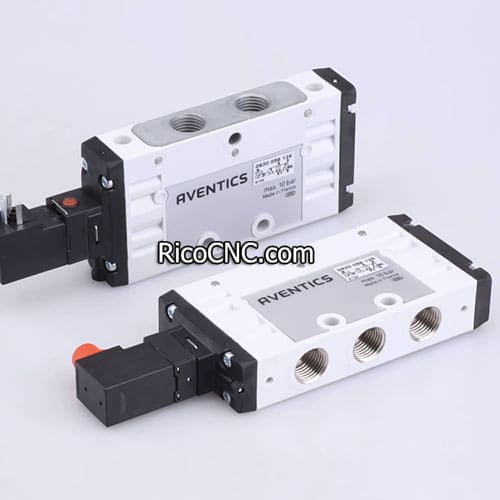
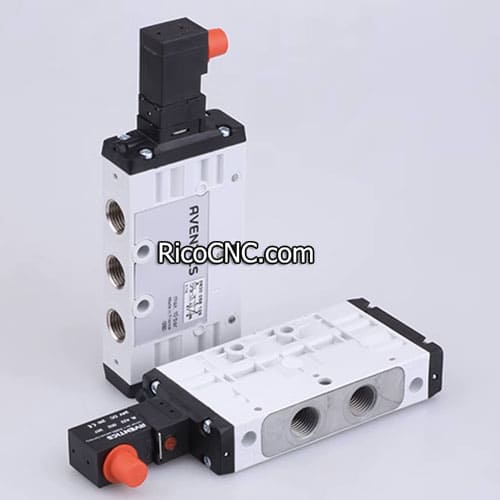
Solenoid valves are critical components used in various industries, such as automotive, manufacturing, and water systems, to control the flow of liquids or gases. They come in a variety of forms, each designed to meet specific operational needs. In this article, we'll explore the different types of solenoid valves, such as 2-way, 3-way, and 4-way valves, and how they function. Whether you’re dealing with 12v hydraulic solenoid valves or 24v solenoid valves, understanding these mechanisms will improve efficiency and system control.
If you're looking to optimize system efficiency, solve hydraulic or pneumatic control issues, or gain a better understanding of how solenoid valves operate, this article is for you. With detailed explanations and practical examples, we'll guide you through the complexities of solenoid valve technology.
1. What is a Solenoid Valve?
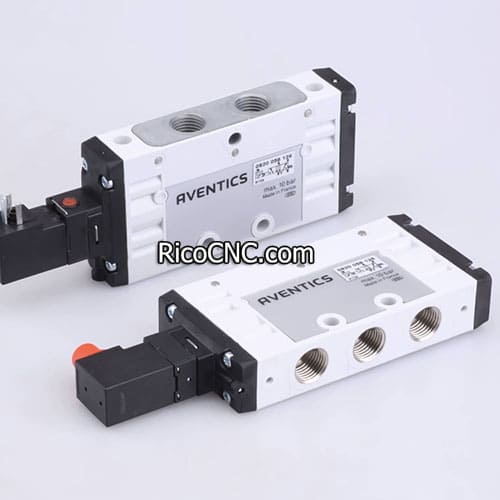
A solenoid valve is an electromechanically operated valve used to control the flow of liquids or gases in a system. The valve is controlled by an electric current that passes through a solenoid, which is a type of electromagnet. When the solenoid is energized, it creates a magnetic field that moves the valve to either open or close the flow path.
2. How Does a Solenoid Valve Work?
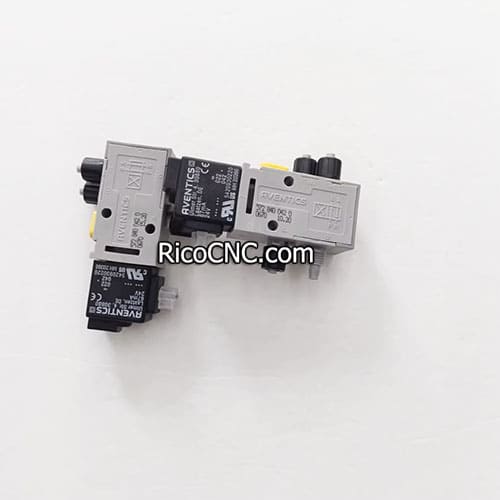
Solenoid valves operate by converting electrical energy into mechanical energy to control the flow of media. The solenoid is the core of the valve, and it functions as a switch that opens and closes the valve by moving a plunger. There are normally open (NO) and normally closed (NC) types, determining whether the valve defaults to open or closed when the solenoid is not energized.
Key Components:
Coil: Generates the magnetic field.
Plunger: Moves inside the coil to open or close the valve.
Spring: Ensures the valve returns to its default position when de-energized.
3. Types of Solenoid Valves
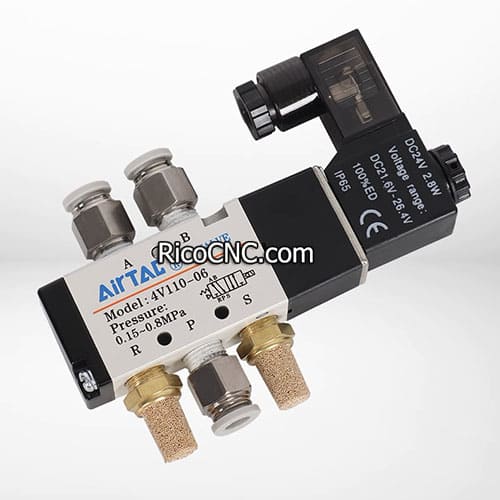
3.1 2-Way Solenoid Valves: Understanding Their Simple Mechanism
A 2-way solenoid valve has two ports: one for the fluid to enter and one for it to exit. These are the most common types and are used in a variety of applications, such as water treatment, HVAC systems, and fuel control. These valves can be either normally open or normally closed, depending on system requirements.
3.2 3-Way Solenoid Valves: Versatility and Applications
A 3-way solenoid valve has three ports and is used to alternately apply pressure to a system or release it. These are commonly used in pneumatic systems for actuating cylinders. They offer flexibility by controlling two flow paths.
3.3 4-Way Solenoid Valves: For Complex Flow Management
4-way solenoid valves are typically found in more complex hydraulic and pneumatic systems. With four ports, they are designed to reverse the flow of air or fluid, making them ideal for use in industrial automation and machinery control.
4. Electrical Configurations of Solenoid Valves
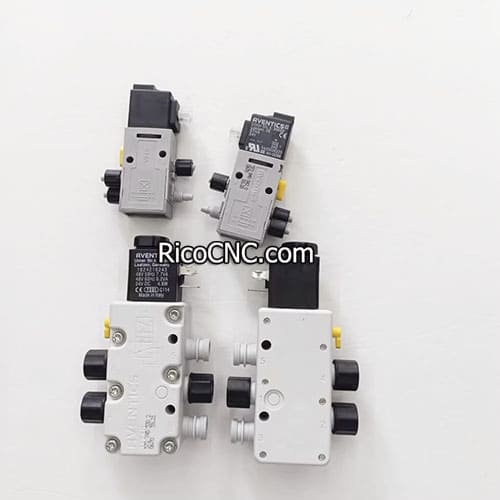
4.1 12V Solenoid Valves: Common Uses in Automotive and More
12V solenoid valves are often used in automotive systems where low-voltage power sources are common. These valves are ideal for controlling fuel, air, or water flow in vehicles. They are also used in small appliances and water pumps.
4.2 24V Solenoid Valves: Industrial Applications and Power Management
For industrial applications, 24V solenoid valves are frequently used because they provide a balance between power consumption and operational strength. These valves are widely used in manufacturing plants, irrigation systems, and HVAC.
5. From the flow rates, you can find direct-acting solenod valve and pilot-operated solenoid valves.
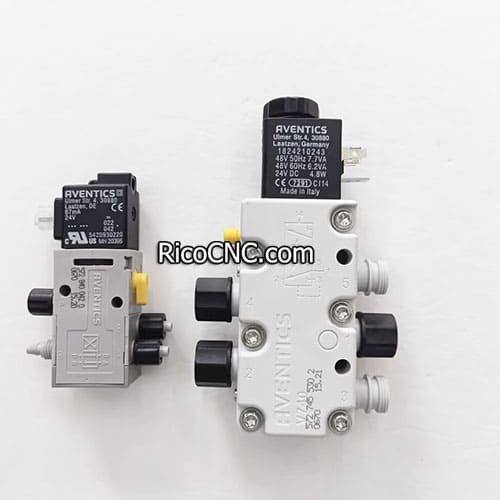
1. **Direct-Acting Solenoid Valves**: These valves are ideal for small flow rates and low-pressure applications.
2. **Pilot-Operated Solenoid Valves**: These work better in systems where larger flow rates and pressures are involved.
6. Material Construction and Durability
6.1 Plastic vs Metal Solenoid Valves: Which to Choose?
When selecting a solenoid valve, choosing between plastic and metal construction is critical. Plastic valves are often more resistant to corrosion, making them ideal for chemical processing applications. Metal valves, such as those made from stainless steel, are durable and suited for high-pressure systems.
6.2 Rexroth Solenoid Valves: High-Performance Solutions
Rexroth solenoid valves are known for their reliability and efficiency. Designed for demanding industrial environments, these valves are used in hydraulic and pneumatic systems, offering high precision and long-term durability.
7. Common Applications of Solenoid Valves
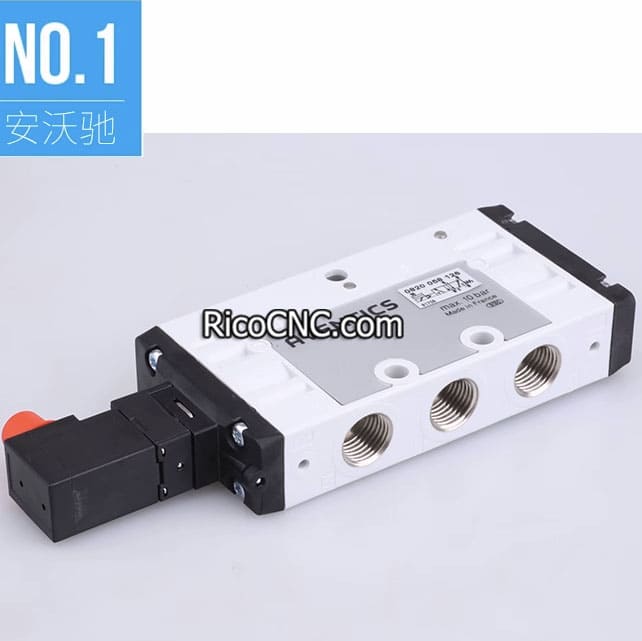
7.1 Automotive Industry: Fuel and Hydraulic Systems
In the automotive industry, solenoid valves are used to control fuel injection, hydraulic brakes, and transmission systems. They ensure the precise control needed for optimal engine performance and safety.
7.2 HVAC Systems: Controlling Temperature and Airflow
In HVAC systems, solenoid valves regulate the flow of refrigerants, ensuring that temperature control is efficient and reliable. They are essential for both residential and commercial heating and cooling systems.
7.3 Water and Irrigation Systems: Efficient Water Management
Solenoid valves play a crucial role in irrigation systems, controlling water flow to specific areas and automating the process. This ensures efficient water usage, especially in large-scale agricultural settings.
8. Troubleshooting Common Solenoid Valve Issues
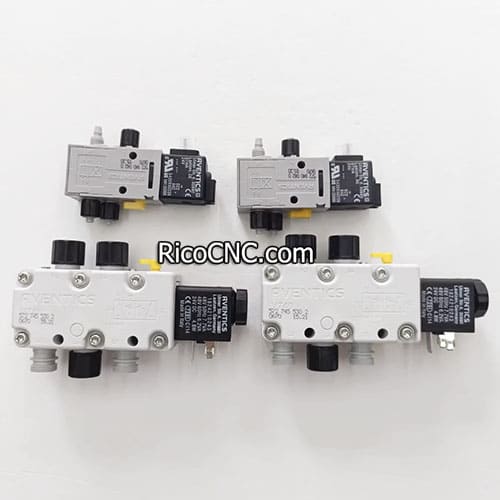
Common issues with solenoid valves include:
Valve not opening or closing: This may be caused by debris or a damaged coil.
Leaking valves: Worn seals or improper installation can lead to leaks.
Electrical failures: Check for faulty wiring or insufficient voltage.
9. Installation Tips for Optimal Performance
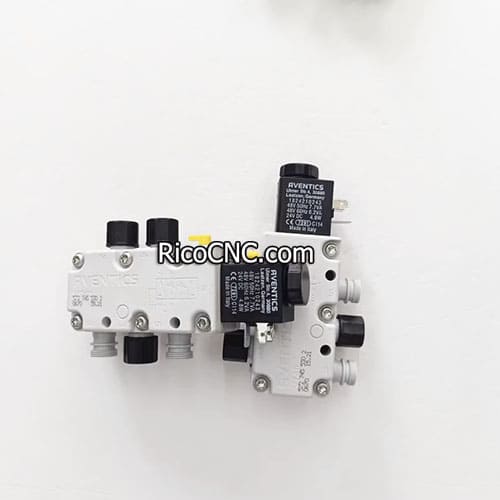
When installing a solenoid valve:
Ensure the valve is installed in the correct orientation.
Use proper seals to prevent leaks.
Verify the electrical connections are secure.
A proper installation will improve both efficiency and longevity.
10. FAQs About Solenoid Valves
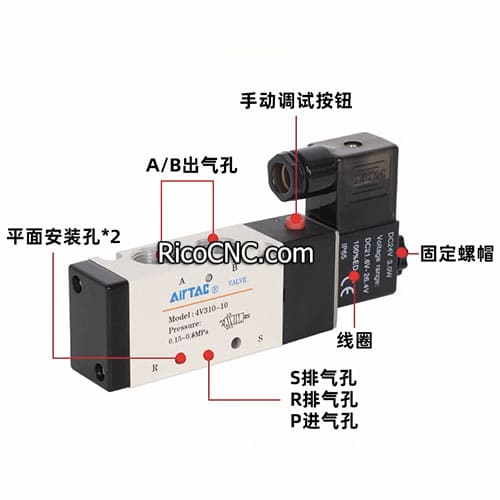
How does the solenoid valve work?
The valve works by using an electromagnetic coil to open or close the valve, controlling the flow of media in the system.
What are the different types of solenoid valves?
There are 2-way, 3-way, 4-way, and high-pressure solenoid valves, each suited for different applications.
Can solenoid valves handle high pressure?
Yes, certain solenoid valves are designed to handle high-pressure environments, such as in industrial or automotive systems.
11. Conclusion and Key Takeaways
Solenoid valves are versatile components used in controlling the flow of gases or liquids in a system.
Various types, including 2-way, 3-way, and 4-way solenoid valves, cater to different needs.
Selecting the right voltage and material is crucial for specific applications.
Common uses include automotive systems, HVAC, and water management.
Key Points to Remember:
2-way and 3-way solenoid valves are the most commonly used.
24V solenoid valves are ideal for industrial environments.
Regular maintenance is essential to avoid common issues such as leaks or electrical failures.
Choose the correct material based on your specific operational needs (plastic for chemical, metal for high-pressure).
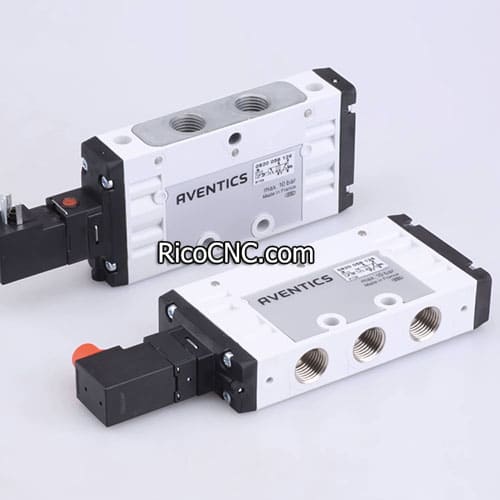
RicoCNC can supply a series of solenoid valves, like:
4KB219-00 CKD 24VDC 2 Position 5 Port Pneumatic Solenoid Valve
R422102430 AVENTICS Double Solenoid Valve
PHS520S-8 Parker PEC5-220V-D Single Solenoid Valve
0820060026 Rexroth Pneumatic Solenoid Valve
If you are interested them, please feel free to contact us.















